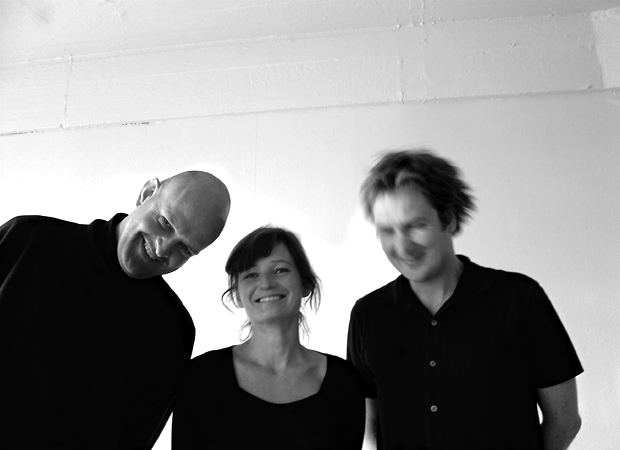
The 10 x 10/3 interview: Jarmund/Vigsnæs AS Arkitekter
The young Norwegian architects on building a holiday house for Alain de Botton
Norwegian architects Jarmund/Vigsnæs were selected by Peter Cachola Schmal, director of the Deutsches Architektur Museum (DAM) in Frankfurt, as one of the best emerging architecture practices for Phaidon’s latest overview of contemporary world architecture: 10x10/3. The practice recently won a competition to design a holiday home for Alain de Botton’s Living Architecture project. JVA talks exclusively to Phaidon.com about their involvement.
Q: The Living Architecture project seeks to change negative perceptions of modern architecture by inviting members of the public to rent five special architect-designed houses for holidays. What was the appeal of taking part in the project for you?
The chance to work in another country, with a new landscape and culture - getting inspired by new smells! The intentions behind the client’s social ideas.
Q: What was your approach to the design of the Dune House? What makes it stand out as a good example of modern architecture?
The house relates to both local tradition and landscape. It is a combination of modernity of living with belonging to a place – which initiates an original and meaningful architecture.
Q: Do you seek to implement a thematic consistency to your work?
Thematically there is a positivity towards the limitations imposed on ‘pure’ architecture by the usual issues of site conditions, law/regulations, budget, etc. These may load the architectural idea with realistic content. We have no specific style. (We hope not, anyway).
Q: Did you take inspiration from any other buildings or structures?
Local building traditions were influential, both in a pictorial and a tectonic way.
Q: What have been the greatest challenges of undertaking this kind of project?
The distance to an ambitious client.
Q: How do you feel contemporary architecture improves upon classical traditions and materials?
What is contemporary might become classical, but it is difficult to view in the present which architecture will be important in the future. Anyway, the best of contemporary will always move the definition of classical. When building small, local manufacturers and building competence are still crucial - as opposed to in larger projects where international supplies in every sense are available. This makes ‘small’ interesting in its possibility of relating to, and then maybe advancing, local tradition.
Q: Alain de Botton is interested in the way both that we shape our environments, but even more so how our environments shape us. How would you like visitors to the Dune House to feel about staying there?
Comfortable but curious.
Q: The house is called the Dune House but was originally called The Inbetween House. What was the inspiration behind the original name?
It was originally called The Inbetween House because there is an intended gap between the intentions of the floors, and we wanted the name to be ambivalent in a sense. On the ground floor a 'public' programme relates to views, wind and sun. Upstairs, privacy in a traditional architectural manner is the rule. The border between these floors should make questions for users.
Q: Quite a lot has been made of the location of the Dune House (right on the edge of the beach near the popular destination of Thorpness). What were your thoughts on the site’s location?
That it was fantastic. There’s a very strong sense of 'climatic' and 'material'. Nice light, rapidly changing. And it’s interesting that the view and the evening sun are in different directions.
Q: How important is location for the success of a building?
The building must have a relation with “something”: a person, place... It is difficult for us if the “ground” is abstract.
Q: Has working on this project changed your approach to your work in any way?
We are so results-orientated, we cannot say yet. We’ll have to wait until it is finished!